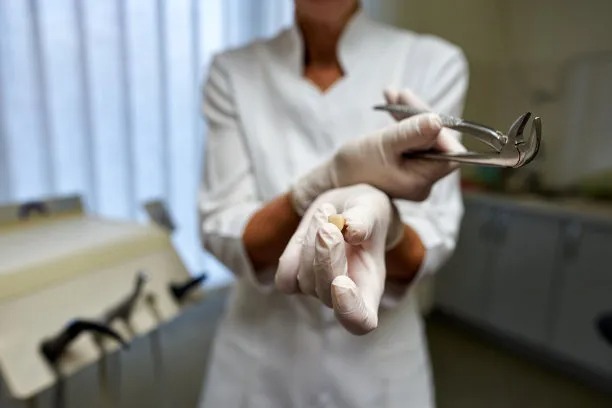Essential Guidelines and Precautions to Consider for a Successful Dental Filling Experience
Summary: Dental fillings are a common procedure designed to restore destroyed tooth structure caused by decay or injury. Understanding the essential guidelines and precautions can significantly enhance your experience and outcome. This article provides a comprehensive guide addressing pre-appointment preparation, understanding the procedure, post-filling care, and addressing potential complications. Equipped with this knowledge, patients can approach their dental visits with confidence, ensuring both physical health and emotional well-being during their treatment.
1. Prepare for Your Dental Appointment

Preparation is crucial for a positive dental filling experience. First, it鈥檚 essential to communicate effectively with your dentist prior to the appointment. Discuss any allergies, medications you are taking, or previous dental experiences, as this will help the dentist tailor their approach to suit your specific needs.
Secondly, making arrangements for transportation can be vital. If sedation will be involved during the filling, its advisable to have a friend or family member accompany you to the clinic. This ensures safety and comfort as you may not be able to drive post-treatment due to lingering side effects.
Lastly, maintaining a healthy diet before your appointment can promote a positive experience. Eat a balanced meal and avoid heavy consumption of sugary snacks or beverages, which could lead to excessive dental anxiety or an unpleasant experience during the procedure.
2. Understanding the Dental Filling Procedure
Knowing what to expect during the dental filling procedure can greatly reduce anxiety. The first step in the process is the local anesthesia, which numbs the area around the affected tooth. This is a standard practice and ensures that you won鈥檛 feel any pain during the filling.
Once the area is numb, the dentist will remove any decayed tooth material using a drill, air abrasion, or laser. Understanding this step can alleviate fears associated with the sound or sensation of drilling. Modern technology has introduced quieter and less invasive methods for this part of the process.
Finally, the dentist will fill the cavity with the chosen filling material, which could be composite resin, amalgam, or another substance. The dentist shapes the filling to fit your bite accurately, ensuring that it will not cause discomfort or misalignment. Knowing the entire procedure prepares you mentally for what will occur in the chair.
3. Post-Filling Care Instructions
Following the dental filling, adhering to post-care instructions is essential for recovery. One of the primary recommendations is to avoid eating until the anesthesia wears off to prevent accidental bites or injuries to the tongue or cheek. It typically takes a couple of hours for the numbness to subside.
Maintaining proper oral hygiene is also crucial in the days following your filling. Gently brush and floss around the filled tooth to prevent any plaque buildup. Consider also using an antiseptic mouthwash to keep the area clean and minimize the risk of infection.
Furthermore, it鈥檚 important to be mindful of your food choices immediately after the procedure. Steer clear of hard or sticky foods as they may dislodge or damage the new filling. Soft foods and a diet high in vitamins can expedite healing and reinforce overall dental health.
4. Recognizing and Addressing Complications
While most dental fillings are successful, complications can occasionally arise. One common issue is sensitivity to temperature or pressure shortly after the procedure. If sensitivity persists beyond a few days, it鈥檚 important to reach out to your dentist, as this may indicate the need for further assessment.
Another complication might involve the filling material itself. If you notice that the filling feels loose or there are visible cracks, this should not be ignored. Arranging a follow-up appointment will allow your dentist to evaluate the filling and, if necessary, replace it to ensure continued functionality.
Finally, be aware of signs of infection, such as swelling, excessive pain, or pus. Promptly reporting these symptoms to your dentist can prevent a minor issue from escalating into a more significant health concern.
Summary:
In summary, successful dental filling experiences hinge significantly on your preparation before the appointment, understanding the procedure itself, adhering to post-filling care instructions, and being vigilant for any complications. These guidelines not only enhance your immediate dental health but also contribute to your long-term oral hygiene and confidence when visiting the dentist.
This article is compiled by Vickong Dental and the content is for reference only.


